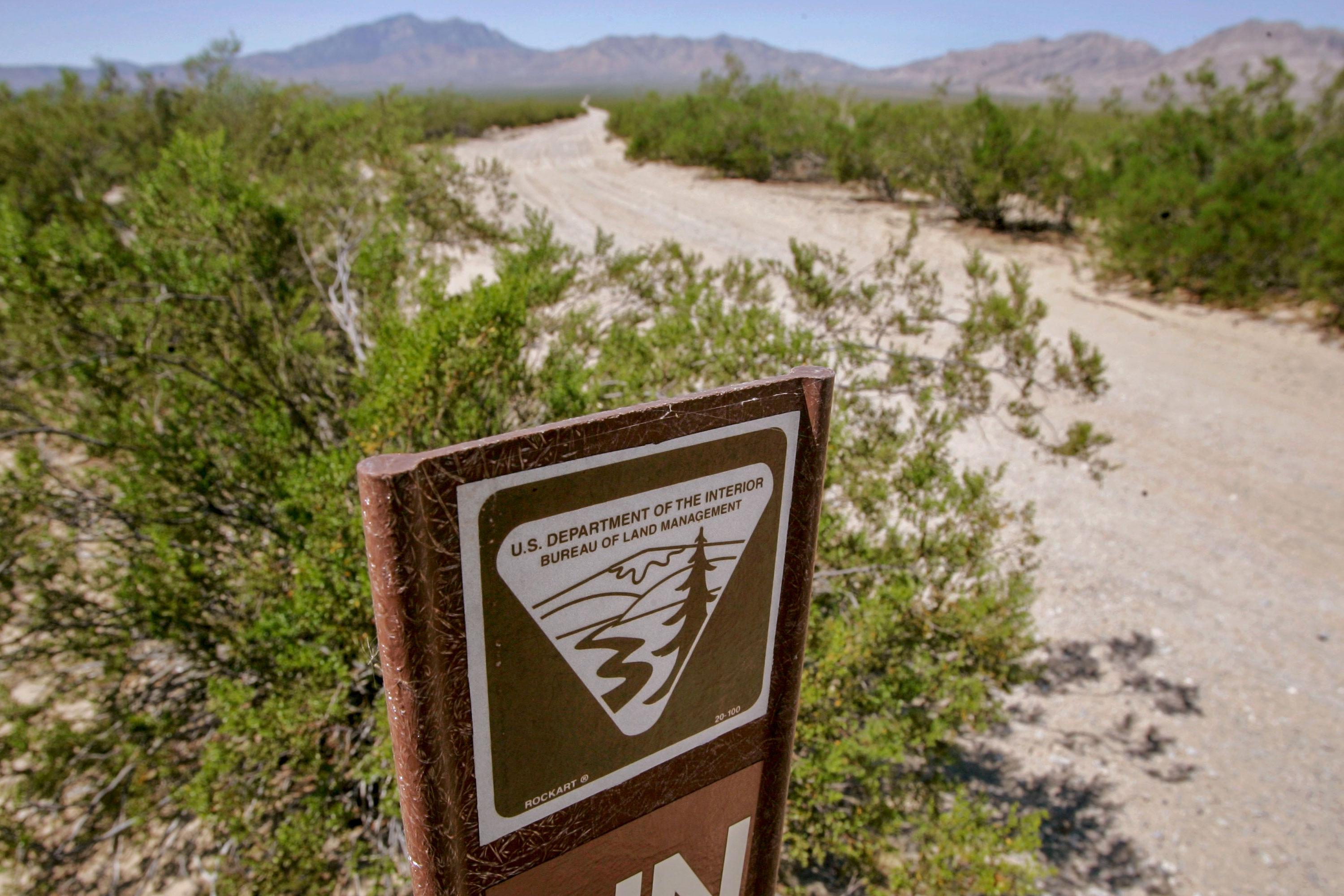
Updated 2:41 p.m.
The Bureau of Land Management was born on July 16, 1946. That same date will soon carry another significance for the agency that manages the country’s public lands.
It’s also the day they confirmed that the BLM will move out of Washington, D.C. A letter that outlines the move (which you can read below) was sent to Alaska Sen. Lisa Murkowski, the chair of the Subcommittee on Interior and Environment.
Sen. Cory Gardner broke the news Monday with a video on Twitter, but the announcement was short on details. Here’s what CPR has learned so far:
- 27 positions will relocate to Grand Junction, including the director, deputy director and their attendant staff. Gardner thinks it is important that the decision makers are moving.
- 222 employees will move to BLM state offices.
- 85 total employees will relocate to Colorado. 54 positions will be divided between the state office and the National Operations Center in Lakewood and 4 additional positions go to the state office.
- 74 positions will be reallocated to state offices and report to state directors.
- 61 will remain in Washington D.C. at the headquarters of the Department of Interior.
“Shifting critical leadership positions and supporting staff to western states — where an overwhelming majority of federal lands are located — is not only a better management system, it is beneficial to the interest of the American public in these communities, cities, counties, and states,” said Secretary of the Interior David Bernhardt in a statement.
Bernhardt is a Colorado native from the west slope city of Rifle, about 60 miles to the east of Grand Junction.
Gardner has advocated for the Junction move since 2016 and said it would make the city “the gateway to public lands.” And that will not only bring prestige but the economic benefit of people who come out for meetings, stay at hotels and spend money in local shops and restaurants.
It is his understanding that Interior has the authority to relocate the BLM, but the plan may still undergo congressional review. The Republican senator said somebody could “obviously, try to throw a wrench into the works, but I think this will move forward. And by the fall we’ll have the director of the BLM in Colorado, in Grand Junction.”
A spokesperson for the House Appropriations Committee told CPR that the “proposed restructuring and move constitutes a reprogramming” and would require the approval of the committee.
The relocation of two agencies within the United State Department of Agriculture to Kansas City has been criticized by employees. Nothing similar has been publicly stated with regard to the BLM. Jason Briefel, the executive director of the Senior Executives Association said he has not spoken to their BLM members about this latest round of restructuring.
The group, however, had concerns when the BLM relocated dozens of senior executives in 2017.
“The agency did not comply with legal requirements; ignored regulatory guidance; and had no documented plan, methodology, or real business case that justified their actions,” the organization said at the time. Many of these concerns remain for Briefel.
“Congress has passed laws directing agencies to thoughtfully plan for and how to manage their people,” he said. “Most agencies do a bad job of it.”
He said if the Interior Department can justify the moves, then it should be justified and documented in service of the mission established by Congress.
CPR's Jim Hill contributed to this report.








